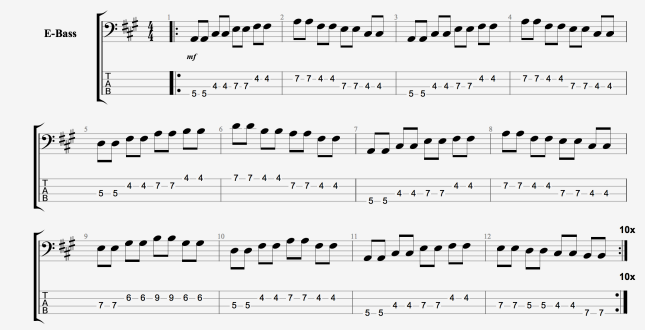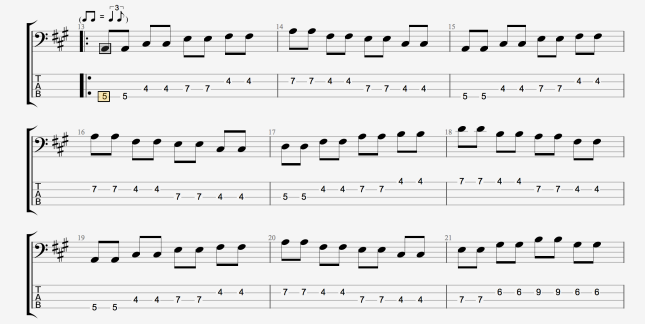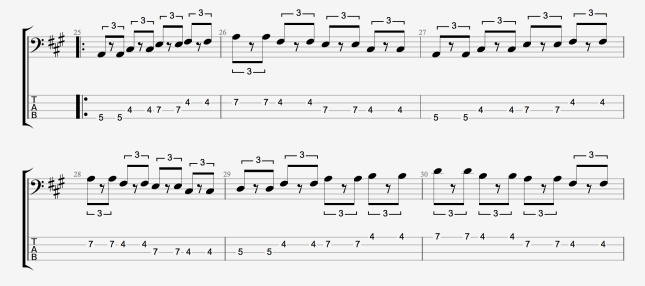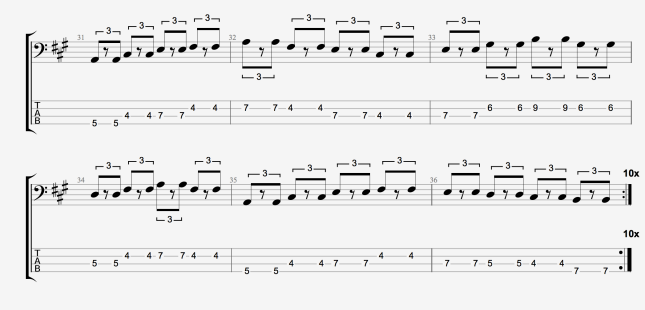Hi there!
Thanks for reading my blogs, been a while since my last post!
The idea behind this blog is to help create awareness for non-business owners as to how to communicate/act better when employing the services of a self-employed professional / wanting to help/advise someone you know who runs a business.
Non-business owners:
1. You may not understand. From my experience and excellent advice from some thought leaders in the business world, IMHO those who’ve actually started up a business from scratch, invested their own money, energy and taken the risks to create their own businesses/ coached successful ones, are the ones I personally will take advice from the most
As starting a business can be very risky (I don’t as of yet have a mortgage so less risky for me at the moment), in terms of the investment etc, often a business owner can be very protective of the way they run things and in a sense do not like being told what to do. The ‘They may not understand line’ was given to me by someone who is a thought leader, and has stuck with me ever since.
2. Having a business degree/ marketing degree does not make you a thought leader on business/marketing. I know lots of people who have bits of paper saying that they have expert knowledge in business/marketing. For me unless you have taken a big leap into starting your own business/ have a proven track record of coaching/improving businesses, for me you cannot be considered an expert. This is because the learning curves are so steep when starting a business. Learning to do all your accounts, schedule your daily activities, social media, advertising, marketing, client management, bookings, T & C’s, planning, etc constantly have to be improved due to various things that happen when you start out/uncontrollable situations.
So if you do not run a business, be careful what you may think is advice you are giving as many business owners (from my experience) will take it personally. Think of it as similar to when football players get annoyed at pundits that have never played the game.
3. Being aware of some of the myth’s surrounding running a business/ being self-employed
The amount of times I here people say ‘being a guitar teacher must be so easy, you get up at midday, sit around all day in your dressing gown, teach Wonderwall a few times then repeat the process’. Here’s a list of things that a private teacher may do:
1. Advertising – it could be flyers, going into schools, putting your details on community forums, trading websites (for me something like Uk musicteachers sites)
2. Payments – sending out invoices, paying in cheques, checking online banking, business banking, chasing late payments, payment reminders
3. Research – seeing what other teachers are doing, looking at blogs, tweets, youtube for inspiration/ideas
4. Rescheduling & booking lessons/work – imagine say 5 clients a week want to rearrange. A business owner may have to reshuffle 10 clients in order to accommodate them into the schedule
5. Exercise – this may seem baffling as you are not getting paid for this. The amount of people I know who’d benefit from 2 hours week exercise is unbelievable. Often the excuse is ‘there is not enough hours in the day’, however as most research has suggested, if you went for a quick jog, bike ride, your productivity & concentration levels would rise significantly, which’d mean you’d actually get more work done. I used to be renowned when I was younger for having a cold all the time. Now I’m ill as lot less often (hope i haven’t jinxed that!). I genuinely believe that is about 70% to do with the running I do and how I organize my days.
6. Social media – A friends company I know, employs 1 person solely for Twitter. So Facebook, Twitter, Youtube, WordPress, Google+, Instagram can be a huge investment of time/sometimes money for a business owner. It’s essential for creating awareness about your brand/product + SEO for websites.
7. Strategy – If you are an ambitious entrepreneur like myself, you’ll want to constantly find ways of improving every day. That may be a small change like changing the way you receive payments or upgrading your equipment. It could be large scale, like employing staff
8. The things you get paid for – your actual job – teaching, plumbing, etc .- How many hours will be dependent on how good you are and how much of the above you do/outsource etc
9. Administration – Reconciling lessons, producing teaching material for your lessons, liaising with parents etc, accounting, monitoring income and expenditure, tax returns.
10. Websites – manufacturing & maintenance of a website
4. Jealously – Jealously will not get you anywhere. You may not like your job, you may not like the hours you work, you may not like your boss. If a friend of yours owns a business, it may seem pretty easy to criticize. However, praising them will be a better option. Smart people can also read jealousy a mile off. That way they won’t cut you out of their social circles. Being surrounded by successful/positive people breeds success. Being surrounded by negative people breeds negativity. Richard Branson for example is great at promoting this type of thinking
Hope you’ve enjoyed reading this! Will be interested to hear any comments!
Many thanks
James Schofield
http://www.jsguitarlessons.co.uk
http://www.theshelfside.com















